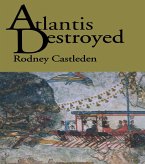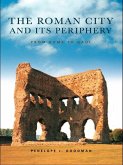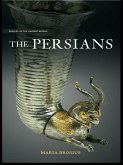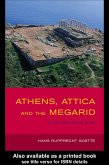Smith uses Nubia as a case study to explore the nature of ethnic identity. He begins by using the tools of anthropology, examining the ancient Egyptian construction of ethnic identities with its stark contrast between civilized Egyptians and barbaric foreigners--those who made up the wretched Kush of the title. The book then turns to archaeological evidence for ethnicity on Egypt's southern frontier, in the fortress community at Askut and the pyramid cemetery at Tombos. The multiple dimensions of ethnic identities and boundaries are highlighted as the author juxtaposes the political use of the ethnic "other" in texts and monumental art with archaeological patterns of mutual influence and intermarriage across ethnic boundaries.
Dieser Download kann aus rechtlichen Gründen nur mit Rechnungsadresse in A, B, BG, CY, CZ, D, DK, EW, E, FIN, F, GR, HR, H, IRL, I, LT, L, LR, M, NL, PL, P, R, S, SLO, SK ausgeliefert werden.









